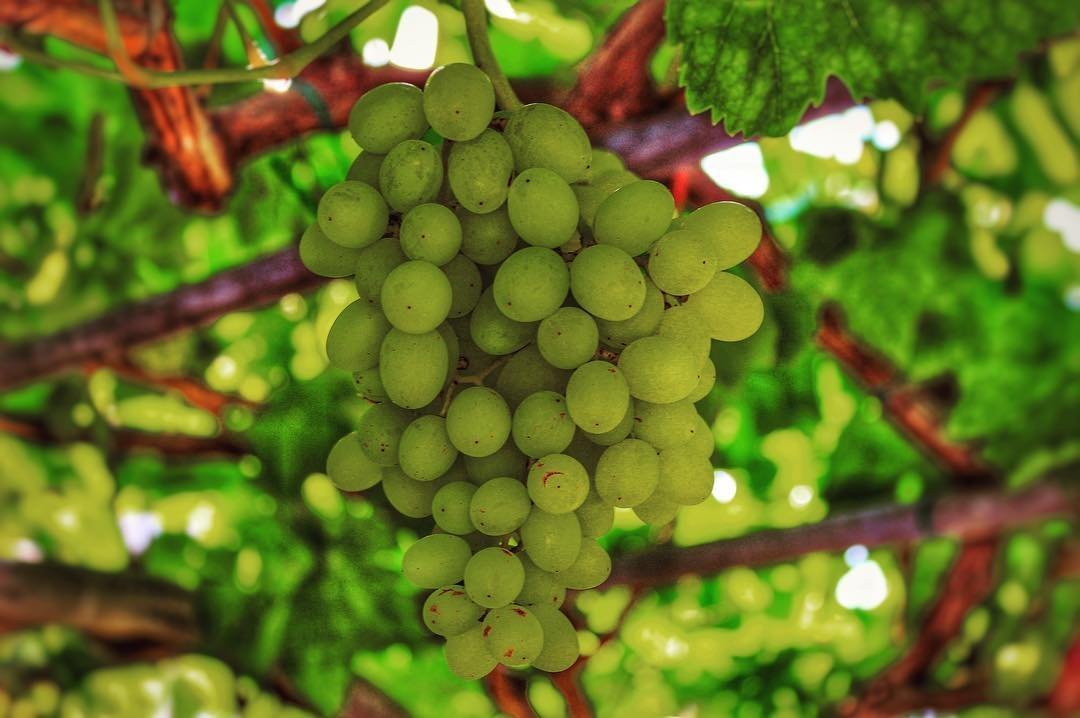
Local Products in Zakynthos

Zante Currant
The black raisin is cultivated in many places in Zakynthos and is used not only as food but also for the production of other products such as alcohol. The grape is subsidised from the European Union and is one of the main sources of income for the local farmers.
Wine
The big extents with vineyards in Zakynthos (Zante) produce wine that it satisfies every wine expert with the smell, the colour, his flavour but also his a lot of varieties. Is considered delivery for each house in Zakynthos it produces always his own wine with the traditional way in the patitiria or even with new techniques with respect in the delivery and the quality. In the island exist also a lot of professional producers of wine that bottle and put in the wine in local but also other markets in Greece and the abroad. The visitor can still try the varieties of wine in the changings-room of spaces of production.
Zakynthos holds a special place in the chronicles of Greek wine, because of an early testimony found in one of the verses of a poem in 1601, which mentions thirty-four varieties that were cultivated then. Some of them are: Kozanitis, Mygdali, Flery, Rozakia, Chlora, Moronitis, Pavlos, Robola, Aetonychi, Moschato, Kajakoulias, Kakotrygi, Voidomatis, Lianoroidi, Goustoulidi, Avgoustiatis, Skylopnihtis and many more.
In 1904, Ludwig Salvator mentioned more than 80 varieties in his monumental work about Zakynthos, which have more than one color variation.
The most memorable among the wines is the famous Lianoroidi or Lianorrogi, a sweet white wine made from grapes with berries. Some of the varieties used were alternatively the local Goustolidi and Robola which was introduced by the Venetians in the 13th century. In 1801, Saverio Scrofani, compared it to the Italian Piccolit and the Hungarian Tokay and praised it as “better than all the liquors of the East.”
The wine that’s proved to be resistant in time is called Verdea, which not only surpassed the raisins, the main product of the island, but gained popularity and remains until now the greatest wine on the island.
In recent times the harvesting and the winemaking of different kinds of white grapes are being done in mid-September. The grape varieties mainly used for the production of Verdea are: Robola, Pavlos, Skiadopoulos, Goustoulidi, Pinot Gris, Asproudi, Areti.
In every traditional tavern on the island, visitors will have the opportunity to taste the local culinary specialties accompanied by local wine.
Olive Oil
Zakynthos is an island full of olive trees and the main product and also main source of income for the local farmers is olive oil. In the olive presses of the island, oil is produced in the old natural way that certifies the quality of the product. There are many oil producers and also food markets from which you can buy the genuine zakynthian oil.
Honey
The zakynthian honey is well known for its purity. It is mainly produced by local producers in the mountainous part of the island with natural and traditional way that certifies its quality. You can buy honey from local producers and also from shops and selling points with local products.
Apart from the local natural products, you can also find pastries which are produced only on the island with original recipes lost in time.
The nougat is a pastry that is prepared with egg whites, honey or sugar and almond and is consumed by the locals, mainly in the Carnival period.
The nougat with honey is prepared with sesame and honey with the addition of candies and almond while fytoura is prepared with semolina and water, fried in olive oil and sprinkled with sugar. Nougat with honey and fytoura are consumed mainly in fetes and are prepared in open air benches.